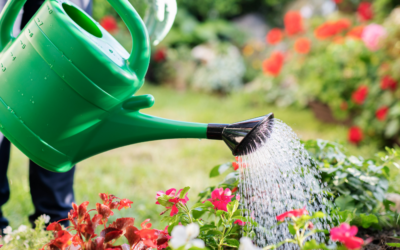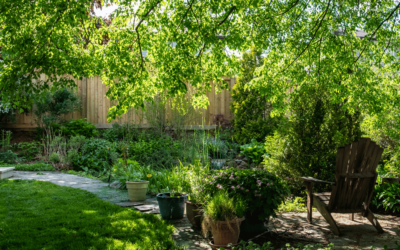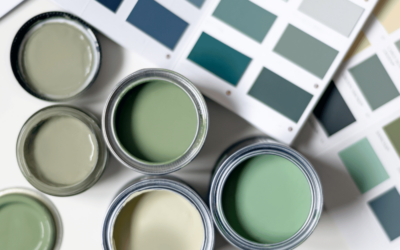Winter is a time when everything in your garden slows down. It’s great to have a little more time in your schedule for other things but one thing we don’t want to compromise is the appearance of our lawn. With winter being the time for the major footy codes it’s not uncommon for our lawns to go backwards. One way to combat this is to ensure the lawn maintains great colour during this time. So our resident lawn genius gives you some background and a how to guide.
Why do our lawns go off colour?
The compound in our lawn which gives it that beautiful green colour is chlorophyll. Now before you start reminiscing about year 7 science we aren’t going to go into any great deal on that subject, because, well it’s just not that critical to the end story.
As temperatures drop off your lawn feels the soil temperature through its roots and starts to do a variety of things.
First of all, it slows or stops producing the green pigmentation, chlorophyll. As chlorophyll production reduces/stops it is slowly degraded and the lawn changes colour.
Where you are located will impact dramatically on the natural colour change of your lawn, warmer areas may see a slight drop in chlorophyll production while other areas will stop completely.
What might I see?
As the seasons change your lawn will start to change colour, just like the leaves on deciduous plants.
You may initially see the leaves on your lawn turn purple, that’s right, purple. Often purple turf can be linked to signs of phosphorous deficiency, however if it occurs at Autumn/Winter it is perfectly normal behaviour. Our lawn grass is made up of a number of pigments and they also vary in concentration, hence why one grass species may be different from another. During this period as one pigment (chlorophyll) is reduced, the others start to become the dominant concentration. When Anthocyanins (an-tho-cy-a-nins) become dominant we get the purpling of the leaves, this is very common in cooler climates on grasses that are bluer to begin with e.g. Bentgrasses and Queensland Blue Couch.
As further discolourations occur, the lawn can turn orange to yellow, even to white. This can be sped up by cooler temperatures and frosts.
How do I stop this discolouration?
Well, as we mentioned it’s the loss of chlorophyll that is our major issue in colour degradation, so we aim to reverse this process and use some simple science to encourage the plant to create more chlorophyll. This can be achieved by applying a product like Lawn Play Enhance that contains a high percentage of iron, which stimulates chlorophyll development.
As winter deepens (June) or if you are in a particular cooler part of the country, you should consider using a lawn pigment like Lawn Play Verdant.
What is a pigment?
Lawn Play Verdant is a pigment used to enhance the lawns natural colour during cooler periods, beyond making your lawn look great it has some more scientific benefits too.
These include:
- increases light absorption due to its similarity to chlorophyll
- increases soil and surface temperatures during cool conditions
- assists with turf quality during warm summer months through increased reflectance
Do I need a lawn pigment?
If you’re in the northern parts of Australia you’re probably lucky enough to have some very mild winters then we don’t recommend the use of a pigment. A strong nutritional program involving an Autumn fertiliser application followed by applications of Lawn Play Enhance, this should be sufficient to offset the discolouration and keep the plant green.
The southern parts of Australia and more inland areas aren’t quite so lucky. Winter is not as kind to these areas. In these areas we do recommend the use of a pigment as it is a very effective tool in maintaining turf colour during the cooler months.
Frequently Asked Questions
Will the pigment stain?
Pigments are designed to provide colour, while they have little binder in them and can be washed off it is advisable to do so as soon as possible if an application is applied to the wrong area.
Can I add other products to the tank?
Yes, pigments are suitable for mixing with other products such as Lawn Play Enhance and Lawnganics Brilliance. Always do a jar tes, this means mixing a small amount in the same ratios before making a larger mix. Or ask our resident Lawn genius via email or our socials.
When can I walk on the lawn?
Wait until dry before walking on your lawn. Try to start in a corner and spray back towards your exit point, that is, don’t paint yourself into a corner.
Is the product safe for kids and pets?
Re-entry is permitted once the lawn is dry.
Can I mix this product into a hose on bottle?
Best results are achieved with a low application rate of water which can’t be achieved with a hose on bottle.




